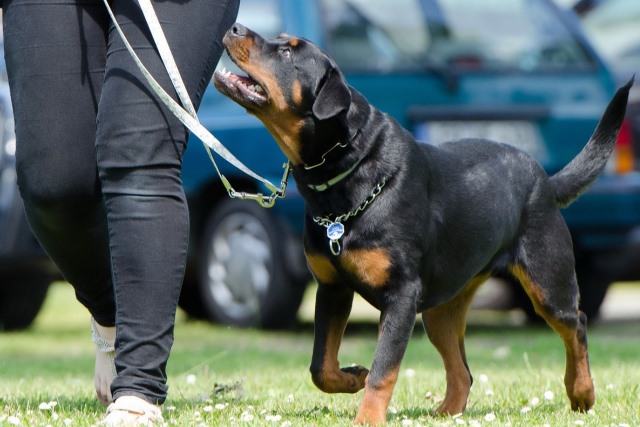
Building a Strong Training Foundation for a Harmonious Life with Your Dog
A well-trained dog is key to a stress-free and enjoyable companionship. While obedience training can be an exciting journey, it can also feel overwhelming, especially for first-time pet owners. Every dog has a unique personality, which means training methods may need to be tailored accordingly. Whether you choose to work with a professional trainer or prefer a hands-on approach, establishing a solid foundation in training will help set your pup up for success.
Below are some essential obedience training guidelines to make the process more manageable:
House Training
Consistency and patience are vital when house training your dog. If you’ve recently welcomed a puppy into your home, crate training can be a highly effective method to reinforce proper behavior. A crate serves as a secure space for your pup, helping them feel safe when left alone or when they need downtime. House training should ideally begin when a puppy is around 7 ½ to 8 ½ weeks old.
For older dogs adopted from shelters or rescues, some may require a refresher course in house training. The same principles used for puppies—consistency, positive reinforcement, and routine—also apply to them. With time and the right approach, they can adjust successfully.
Teaching Essential Commands
A reliable recall command is crucial for your dog’s safety, particularly in off-leash situations or outdoor play. Training your dog to respond promptly when called can prevent accidents and ensure their well-being. In addition to recall, teaching the five fundamental obedience commands—sit, stay, down, come, and leave it—builds a strong behavioral foundation.
Some dogs may take a bit longer to grasp certain commands, but with repetition and positive reinforcement, they will become more receptive to learning additional cues over time.
Reinforcing Positive Behavior
Using forceful or harsh training techniques can lead to fear and anxiety in dogs, ultimately reducing the effectiveness of training. Instead, positive reinforcement is the best approach. Rewarding your dog with treats, praise, or affection when they follow commands encourages them to repeat the desired behavior.
Whenever your dog successfully follows a command or completes an activity, reward them immediately. This helps reinforce good habits and strengthens their willingness to learn. Over time, they will associate obedience with positive outcomes, making training smoother and more enjoyable for both of you.
Seeking Professional Training Assistance
While there are numerous books, online resources, and training videos available for those who prefer to train their dogs independently, some dogs may require professional guidance. Not all expensive trainers guarantee quality results, so it’s important to research options carefully. Consulting your veterinarian or reading reviews of local trainers can help you find the right fit for your dog’s specific needs.
Professional training classes not only teach dogs how to follow commands but also educate owners on effective communication techniques. These lessons provide valuable insights into how to reinforce obedience while strengthening the bond between you and your furry companion.
